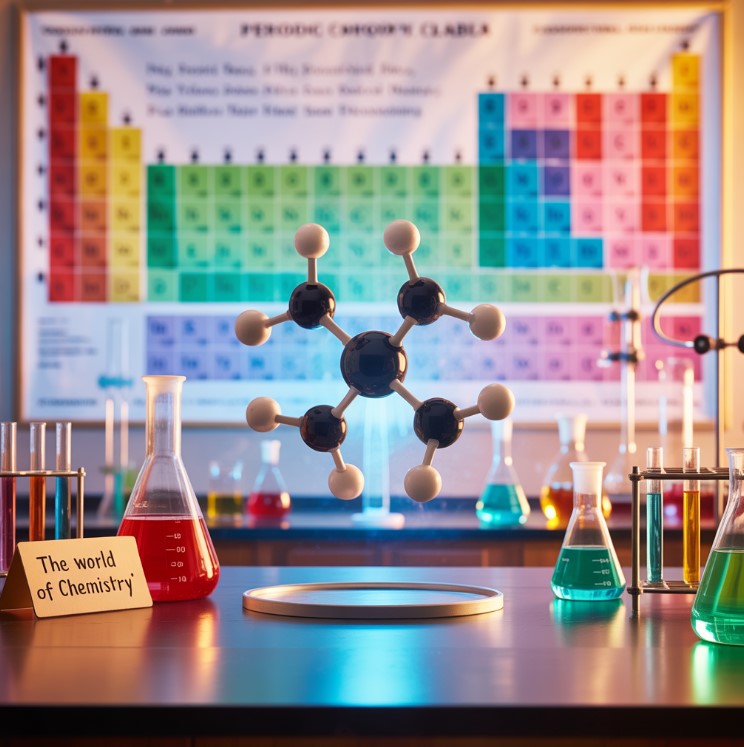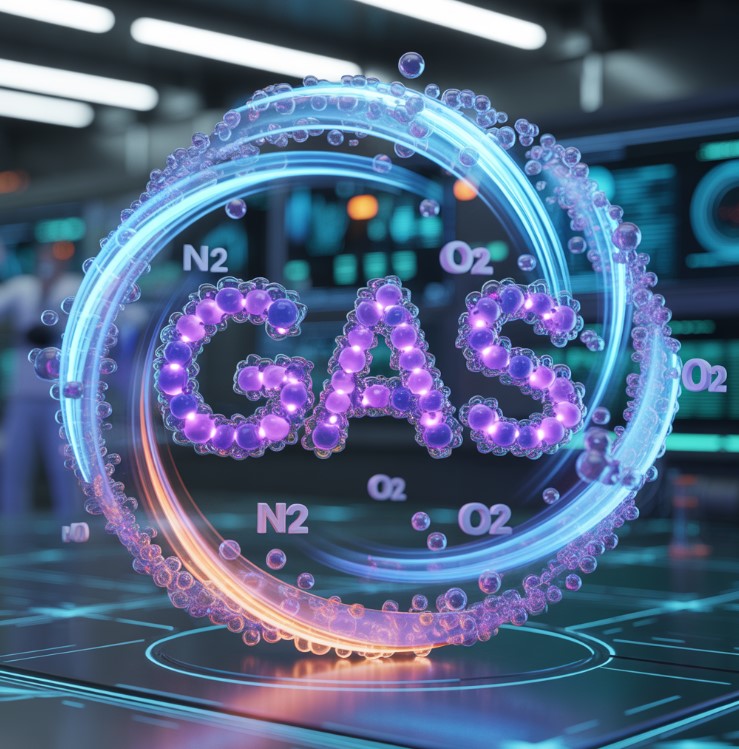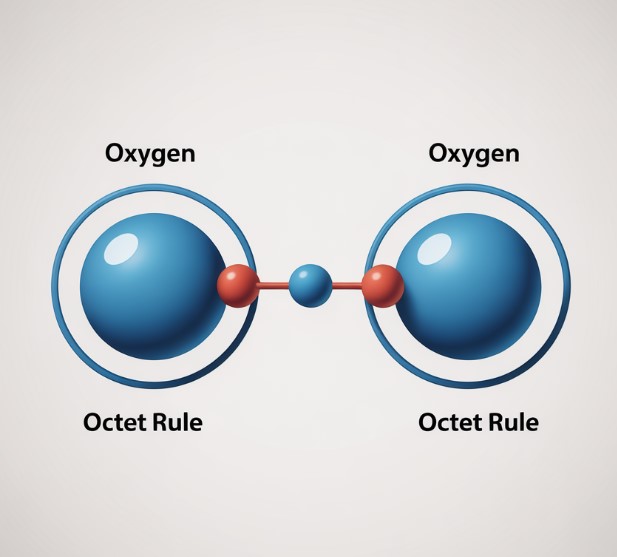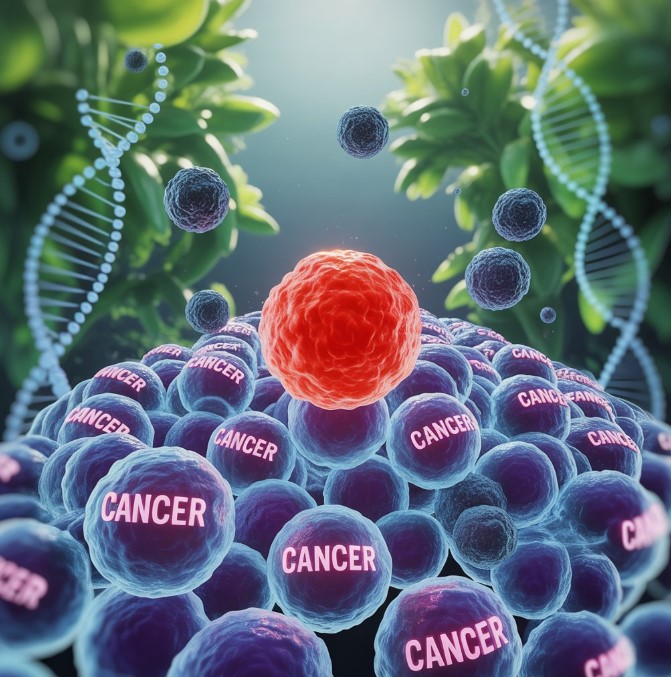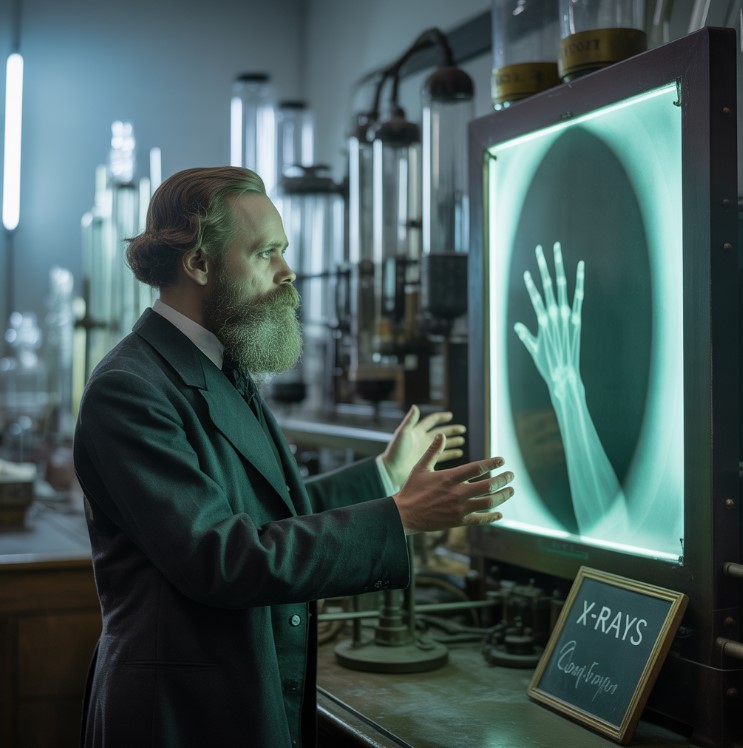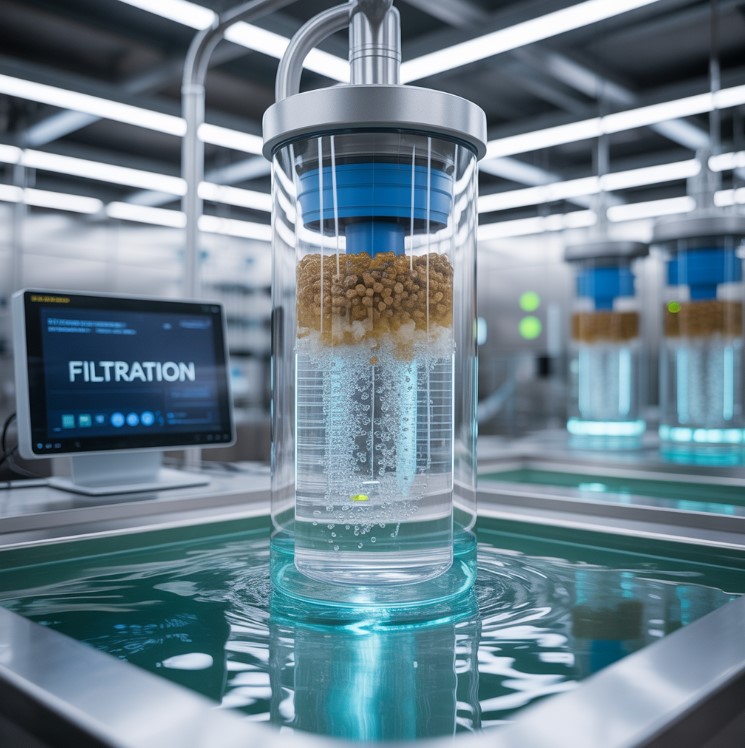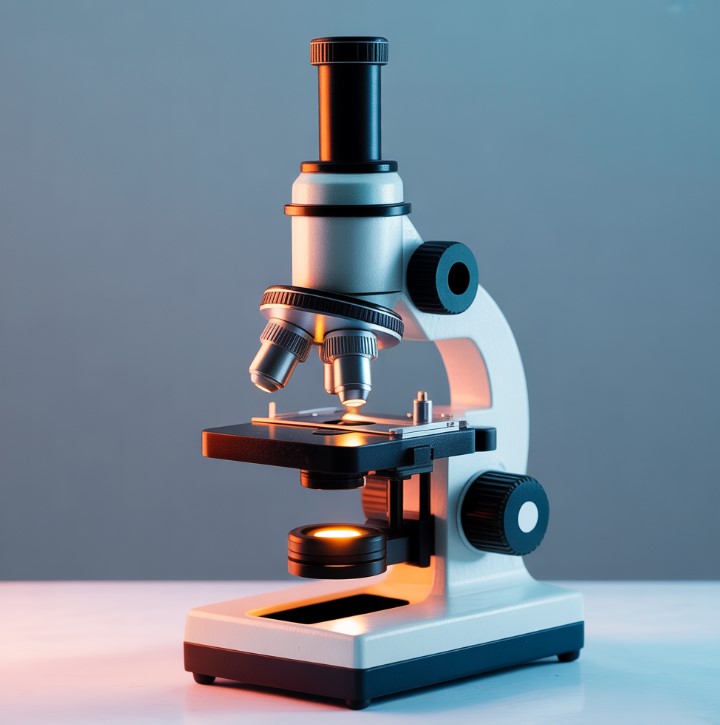Contents
Chemistry helps us understand how stuff is made — from rocks to food, medicine to plastics. Over time, it’s helped build the world we live in today. That’s why it’s one of the most important sciences.
We split chemistry into two big groups:
- ORG (Organic Chemistry) – The science of carbon-based stuff.
- INORG (Inorganic Chemistry) – The science of everything else.
Let’s break it down so you can really get it.
Simple Rule: Is Carbon + Hydrogen Present?
| Type | Has C-H bonds? | Called |
|---|---|---|
| ORG | ✅ Yes | “Carbon chemistry” |
| INORG | ❌ No | “Mineral chemistry” |
So:
- If a chemical has carbon and hydrogen together → it’s ORG.
- If it doesn’t have that combo → it’s INORG.
Example:
- Sugar (C₆H₁₂O₆) → has C & H → ORG
- Salt (NaCl) → no C or H → INORG
Key Differences: ORG vs INORG
| Feature | ORG Compounds | INORG Compounds |
|---|---|---|
| Melting/Boiling Point | Lower | Higher |
| Water Solubility | Often low | Usually high |
| Molecule Size | More complex | Simpler |
| Examples | Proteins, fats, DNA, plastic, fuel | Water, salt, metals, acids |
Fun History Fact
Back in the day, people thought only living things could make ORG chemicals. They called this idea “Vitalism” — like life had a “special force” needed to make carbon stuff.
But in 1828, German scientist Friedrich Wöhler changed everything. He made urea (a substance found in pee!) from ammonium cyanate, which is NOT alive.
That proved: You don’t need life to make ORG chemicals.
So… the old rule was wrong!
Real-Life ORG Examples (You Know These!)
These are all ORG because they contain carbon & hydrogen:
- ✅ Proteins (muscles, enzymes)
- ✅ Carbs (sugar, bread)
- ✅ Fats & oils (butter, avocado)
- ✅ Vitamins (like Vitamin C)
- ✅ Plastics (bottles, bags)
- ✅ Synthetic fibers (clothes, ropes)
- ✅ Detergents & soaps
Even if these are made in a lab, they’re still ORG as long as they have C-H bonds.
Real-Life INORG Examples (Also Familiar!)
These are INORG because they lack C-H bonds:
- ✅ Water (H₂O)
- ✅ Salt (NaCl)
- ✅ Baking soda (NaHCO₃)
- ✅ Sulfuric acid (H₂SO₄) – used in batteries
- ✅ Iron, copper, gold (metals)
- ✅ Minerals in rocks
They’re everywhere — in food, farming, medicine, and tech.
Common Confusion: “Natural = Good”?
Many people think:
“ORG = natural = healthy”
“INORG = fake = bad”
That’s not true!
A molecule’s behavior depends on its structure, not where it came from.
Example: Vitamin C
- Found in oranges → ORG
- Made in a lab for supplements → still same molecule: C₆H₈O₆
Same chemical = same benefits. Doesn’t matter if it’s from nature or a factory.
Final Takeaway
- ORG and INORG are just ways to group chemicals by what they’re made of.
- Both are super useful in real life.
- We use both every day — in food, clothes, medicines, cars, phones, etc.
Science isn’t about labels like “natural” or “synthetic.”
It’s about understanding molecules and making life better.
So next time you hear “organic,” don’t assume it’s “healthier.”
Ask: What’s the actual molecule?
Science is awesome — and it works whether it’s ORG or INORG!
